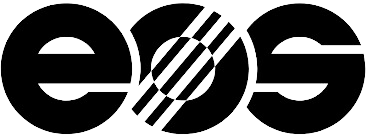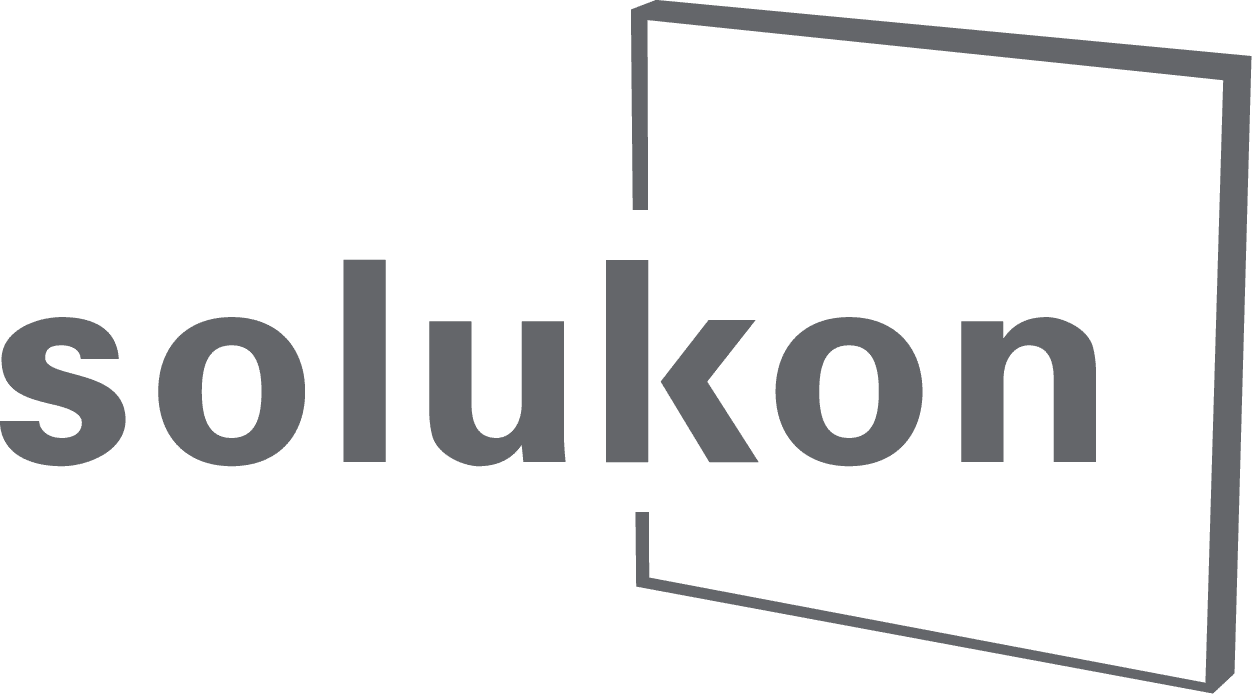Additive Manufacturing and Aerospace: Pushing Boundaries and Exploring New Frontiers Together
Additive manufacturing, more commonly known as 3D printing, has been at the forefront of innovation in the...
Additive manufacturing, more commonly known as 3D printing, has been at the forefront of innovation in the manufacturing space for decades. Limited only by the technology available, recent advances have Read More...





